“The Godfather” is a timeless classic that has captivated audiences for over four decades. Directed by Francis Ford Coppola and released in 1972, the film is widely regarded as one of the greatest movies ever made. Set in the 1940s and 1950s, “The Godfather” tells the story of the Corleone crime family and their rise to power in New York City.
But despite its enduring popularity, there are still many fascinating facts and stories surrounding the making of the film that even the most dedicated fans may not know. From the casting decisions to the behind-the-scenes drama, here are some Godfather facts and trivia that you probably didn’t know about classic film.
Marlon Brando wore a “dental plumper” prosthetic to create the appearance of his fleshy cheeks.

There’s an urban legend about The Godfather that claims Marlon Brando stuffed his mouth with tissues to create the appearance of jowls, or fleshy cheeks, for his character in the film. While Brando may have experimented with tissues while testing the look, he did not actually use them during production. The idea of using tissues just seems messy and gross.
Instead, Brando wore a special “dental plumper” prosthetic that attached to his lower teeth. This allowed him to achieve the desired effect without resorting to stuffing his mouth with paper tissues. The use of prosthetics is a common practice in the film industry, particularly for achieving realistic and convincing physical characteristics for a character.
19 Surprising Godfather Facts About The Classic Film Share on XFrancis Ford Coppola had to trick Marlon Brando into doing a screen test for studio executives.
When Francis Ford Coppola suggested Marlon Brando for the role of Vito Corleone in “The Godfather,” the head of Paramount, Charles Bluhdorn, was vehemently against it. Bluhdorn told Coppola that Brando would “never appear in a Paramount picture,” and urged the director to consider casting Laurence Olivier instead.
Despite the studio’s reluctance, Coppola remained determined to cast Brando. However, the actor was notoriously difficult to work with and was not likely to agree to a screen test, which the studio had demanded. So, Coppola came up with a creative solution. He convinced Brando to participate in what he called a “makeup test,” which was actually the screen test that the studio had requested.
When the studio saw the footage from the “makeup test,” they were impressed, but they didn’t even recognize Brando under the heavy makeup he was wearing. Despite their initial resistance, the studio eventually agreed to cast Brando in the role of Vito Corleone, a decision that would prove to be a game-changer for the film.
The studio didn’t want Al Pacino for the role of Michael Corleone, and Coppola had to fight for him.
Although the studio had initially hoped to cast Robert Redford or Ryan O’Neal as Michael Corleone in “The Godfather,” Francis Ford Coppola had his sights set on Al Pacino for the role. Despite the studio’s preferences, Coppola was insistent on casting Pacino, believing that he was the perfect fit for the part.
To appease the studio, other actors, such as Martin Sheen and James Caan (who ultimately landed the role of Sonny), were brought in to screen-test for the role of Michael. However, Coppola remained steadfast in his conviction that Pacino was the ideal choice, and ultimately convinced the studio to cast him in the role. This decision would prove to be a wise one, as Pacino’s performance as Michael Corleone would become one of the most iconic in cinematic history.
James Caan, who played Sonny Corleone, was originally cast as Michael, but convinced Coppola he was better suited for the role of Sonny.
Initially, James Caan was chosen to portray Michael Corleone, the youngest brother of Sonny. However, both Caan and Coppola insisted that the role should go to Al Pacino, so that Caan could play Sonny instead.
The horse’s head used in the infamous Godfather horse head scene was real. The production team obtained the head from a dog food factory.
In the infamous Godfather horse head scene, Mr. Woltz (John Marley) wakes up to find the head of his prize horse in the bed next to him. The horse head prop used in the scene was not actually a prop at all. The production team sourced a real horse’s head from a local dog food company. This was a cost-effective measure as using a prop head would have been expensive, but it was also a shocking choice that added to the realism of the scene.
Frank Sinatra hated The Godfather before the movie was even released.
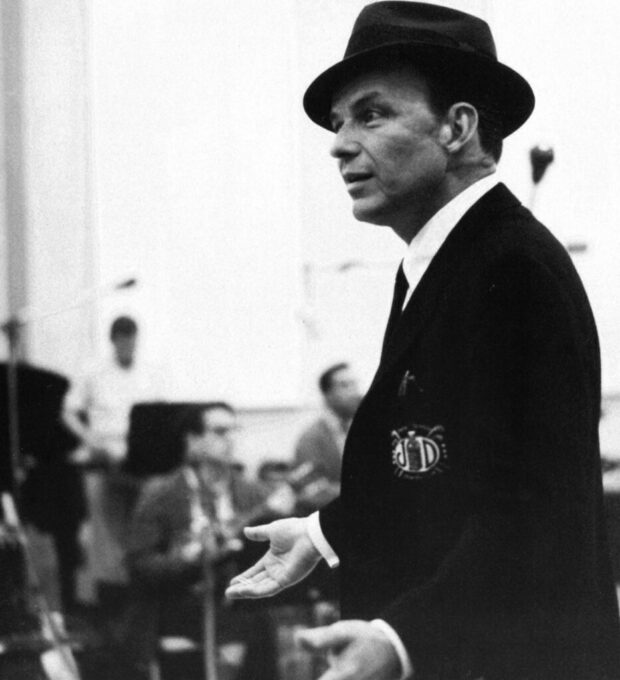
After The Godfather novel was published, many speculated that the character of Johnny Fontaine, a hard-drinking, womanizing crooner who seeks the godfather’s help to revive his career, was based on Frank Sinatra. This association drove the singer mad and only got worse when he learned that Mario Puzo’s novel was being adapted into a movie.
While Puzo was writing the screenplay, he had a hostile encounter with Sinatra at the Hollywood eatery Chasen’s. Sinatra snarled at Puzo and yelled, “Choke. Go ahead and choke.”
The public fight only made things worse for “The Chairman of the Board”. Now everyone know how upset Sinatra was about The Godfather.
The studio wanted the movie to be set in contemporary times, but Coppola insisted on it being set in the 1940s and 1950s.
Paramount Pictures was looking for cost-cutting measures while producing “The Godfather.” One of the ways they tried to save money was by asking Francis Ford Coppola to update the script and set the film in the 1970s. The studio also wanted to film the movie in Kansas City to avoid the higher costs of shooting in New York City.
However, Coppola was adamant about keeping the integrity of the film intact, and he convinced the studio to maintain the original post-World War II New York setting. He argued that the authenticity of the story and the characters depended on it. Despite the initial resistance from the studio, Coppola’s persistence ultimately paid off.
Robert De Niro auditioned for the role of Sonny, but was ultimately turned down.
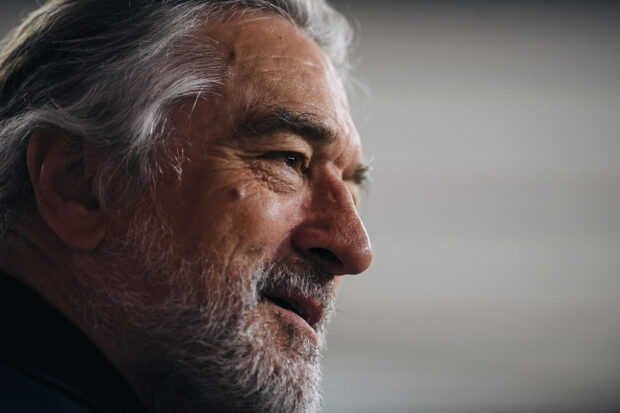
Although Robert De Niro initially auditioned for the role of Sonny in “The Godfather,” Francis Ford Coppola ultimately decided to cast James Caan in the role. However, this was not the end of De Niro’s involvement in the Godfather franchise.
In “The Godfather: Part II,” De Niro was cast as a young Vito Corleone, the role famously originated by Marlon Brando in the first film. De Niro’s portrayal of the character was widely praised, and he went on to win the Best Supporting Actor Oscar for his work in the film. De Niro’s involvement in the Godfather franchise thus began with a rejected audition, but ultimately led to one of the most celebrated performances of his career.
Robert De Niro auditioned for the role of Sonny in The Godfather, but was ultimately turned down. - Godfather Facts And Trivia #TheGodfather #MovieTrivia #RobertDeNiro Share on XThe Godfather was not well received by critics when it first came out, but went on to win multiple Academy Awards and became an instant hit with audiences.

Paramount spent around $6.2 million producing The Godfather, but the film quickly recouped its cost and then some. In just its first month in theaters, it grossed $26 million, becoming the highest-grossing movie of 1972. The movie’s popularity continued to soar, and it briefly held the record as the biggest box-office hit in history.
The Godfather wedding scene was improvised.
For the iconic wedding scene in “The Godfather,” Francis Ford Coppola only had two days to shoot the elaborate sequence that featured hundreds of extras. To make the scene feel more authentic and spontaneous, Coppola encouraged the cast to freely act out and improvise in the background while he shot specific vignettes amongst the action.
This approach not only helped to create a sense of realism in the scene, but also allowed the actors to fully inhabit their characters and interact with each other in a natural way. The result was a dynamic and memorable sequence.
Francis Ford Coppola creatively used a nervous actor’s bad performance to his advantage.
Lenny Montana, who played the infamous enforcer Luca Brasi, was actually a former professional wrestler before pursuing acting. During the scene where he delivers his lines to Marlon Brando’s Vito Corleone in the Godfather’s study, Montana was so intimidated by Brando’s status as a Hollywood legend that he struggled to deliver his lines.
Despite Montana’s difficulties, Francis Ford Coppola didn’t have the luxury of time to reshoot the scene. So, he came up with a creative solution. He added a new scene of Luca Brasi rehearsing his lines before seeing the Godfather. This helped to make Montana’s poor takes seem like Brasi was simply nervous to speak with the Godfather.
This clever editing trick not only salvaged the scene, but also added an extra layer of depth to Montana’s portrayal of the character. It’s a testament to Coppola’s resourcefulness as a filmmaker and his ability to work with his actors to create compelling performances.
The Godfather’s cat was a stray cat that Marlon Brandon befriended on the set.
While shooting the scenes at the Corleone Compound (a real home in Staten Island), Coppola noticed a stray cat on his daily walks to the set. He befriended the cat and brought it on set for Brando to improvise with it. The cat was so fond of Brando that it sat in his lap and purred so loudly that it interfered with the film’s sound recordings.
Francis Ford Coppola had his actors eat dinner in character to help bring authenticity to their performances.
To help establish the family roles that would be seen in the final film, Francis Ford Coppola organized improvisational rehearsal sessions with the main cast of “The Godfather.” These sessions consisted of the actors sitting down together in character for a family meal.
During these rehearsals, the actors were instructed to stay in character and not break from their roles. This allowed them to organically establish the dynamics and relationships within the family, which would later be seen on screen. Coppola saw this as an effective way to help the cast fully embody their characters and bring authenticity to their performances. It was yet another innovative technique employed by the director that contributed to the film’s success.
Coppola wrote Godfather screenplay with novelist Mario Puzo, who had never written a screenplay before.

Before Francis Ford Coppola’s involvement with The Godfather, author Mario Puzo had worked on the screenplay alone. Coppola’s arrival brought a huge relief to Puzo, who had never written a screenplay before.
As an experienced filmmaker who had already directed several movies, Coppola provided valuable expertise in shaping the narrative structure and characters. The two writers worked closely together, with Puzo initially being resistant to some of the changes suggested by Coppola. However, he soon saw the value in them, and the collaboration between the two resulted in the creation of one of the most iconic films in history.
The Don Barzini assassination scene was filmed on the steps of the New York Supreme Court building in Manhattan’s Foley Square.
On the eve of Michael seizing total power, his team conducts a series of murders in the film eliminating all rivals and threats. Called The Baptism Murders, these deaths all take place during the baptism of his child.
One of the most brazen assassinations is that of Don Barzini. Filmed on the steps of the Foley Square Courthouse in New York City, Don Emilio Barzini was murdered by Al Neri. In the novel, Neri was a former New York City cop. In the film, we see Neri dressed as a cop which allows him to walk right up to Don Barzini and gun him down as he is making his way down the steps at the courthouse.
Barzini and Corleone Family we not friendly. Barzini had arranged to kill Michael Corleone through his caporegime Salvatore Tessio, but Michael had already foreseen and prevented the attack.
For the production, Francis Ford Coppola’s team arranged to film the Don Barzini assassination scene on location on the steps of the actual New York Supreme Court building. Filming at the courthouse was not without its challenges, as the production crew had to work around the court’s schedule for the daytime shoot.
Paramount was initially unhappy with Francis Ford Coppola and desperately wanted to replace him.
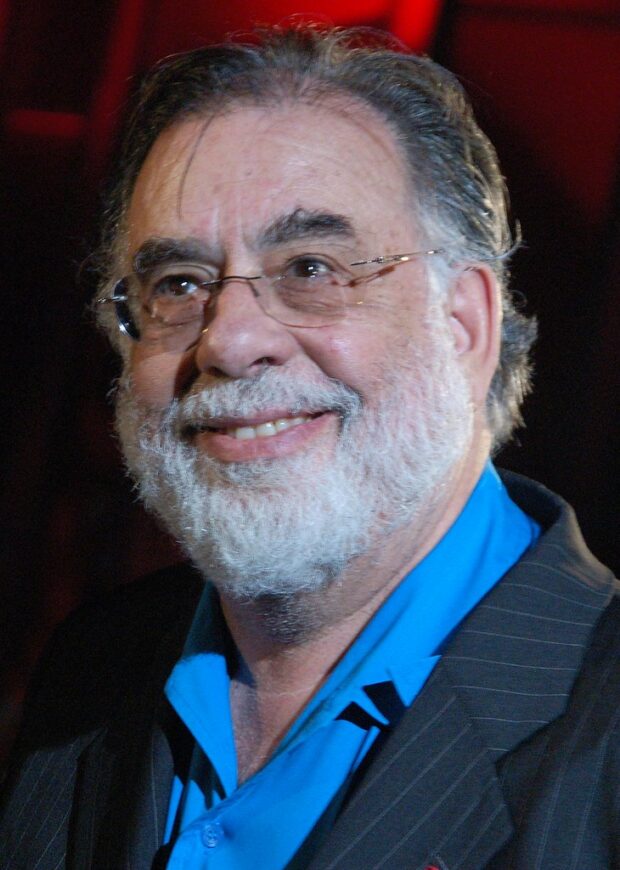
Although Francis Ford Coppola had been selected to direct “The Godfather” based on his previous work on “The Rain People,” he wasn’t the first choice for the job. A number of other notable directors, including Elia Kazan, Arthur Penn, Richard Brooks, and Costa-Gavras, had all turned it down before Coppola was brought on board.
Once filming began, however, Paramount executives were unhappy with the direction of the film. They wanted a more sensationalist gangster movie, with less dialogue and more action. They repeatedly threatened to fire Coppola, even going so far as to have stand-in directors waiting on set.
Coppola’s future with the project was reportedly in jeopardy until he shot the scene where Michael kills Sollozzo and McCluskey in the restaurant. The executives saw the footage and were thrilled with how it turned out, realizing that Coppola had been creating a masterpiece all along.
From that point on, they gave him more creative freedom and allowed him to make the movie he had envisioned, resulting in one of the greatest films of all time.
Brando’s Oscar Protest
Marlon Brando, who played the iconic role of Don Vito Corleone, famously refused his Academy Award for Best Actor in 1973. In his place, he sent Sacheen Littlefeather, a Native American activist, to decline the award on his behalf. Brando’s act was a powerful protest against the portrayal of Native Americans in Hollywood films, which he believed was often stereotypical and harmful.
The Meaning of ‘Don’
The title “Don,” used throughout the film to address Vito Corleone, may surprise some viewers. While it’s often associated with the dark and dangerous world of organized crime, “Don” actually has a much more innocent meaning in Italian. It simply translates to “respected uncle” or “lord.”
The famous line, “Leave the gun, take the cannoli”, wasn’t originally in the Godfather script.
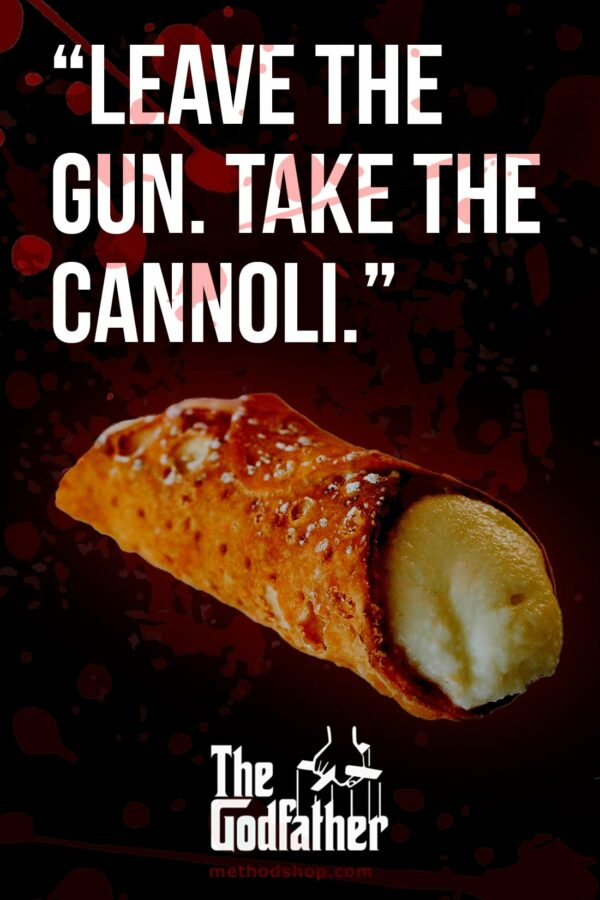
Richard Castellano, who played Clemenza, added the iconic line “Leave the gun, take the cannoli” while on set. The original script only had Clemenza saying “Leave the gun” after the hit on the mobster who ratted on the Corleones.
19 Surprising Godfather Facts About The Classic Film Share on XSurprising Godfather Facts And Trivia
Francis Ford Coppolas’ masterpiece, The Godfather, has stood the test of time, captivating audiences for decades with its iconic characters, gripping storyline, and unforgettable quotes. Beyond its lasting popularity, the film also boasts many fascinating behind-the-scenes stories and lesser-known Godfather trivia that add even more depth to its legacy. As we continue to revisit and celebrate this cultural touchstone, we can appreciate the incredible artistry and hard work that went into its creation, and its ongoing influence on the world of cinema.
Did we leave out any of your favorite facts about The Godfather? Please let us know in the comments.

Frank Wilson is a retired teacher with over 30 years of combined experience in the education, small business technology, and real estate business. He now blogs as a hobby and spends most days tinkering with old computers. Wilson is passionate about tech, enjoys fishing, and loves drinking beer.

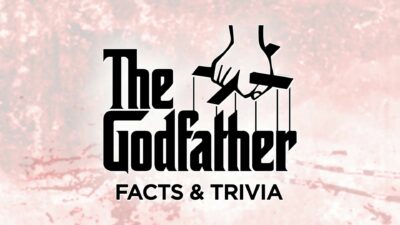
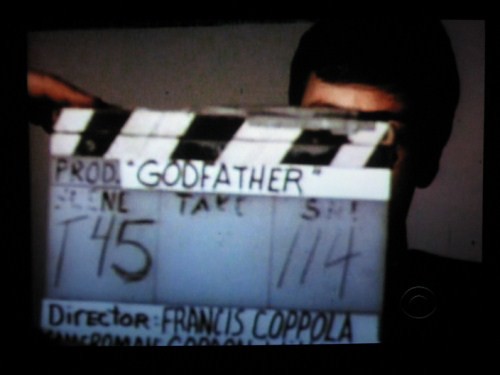

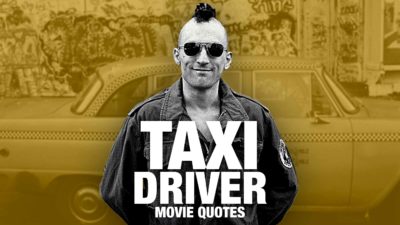










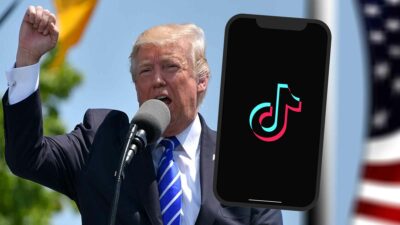
 NYT vs OpenAI: 6 Things to Know About The Bombshell Copyright Lawsuit
NYT vs OpenAI: 6 Things to Know About The Bombshell Copyright Lawsuit
Leave a Reply
You must be logged in to post a comment.